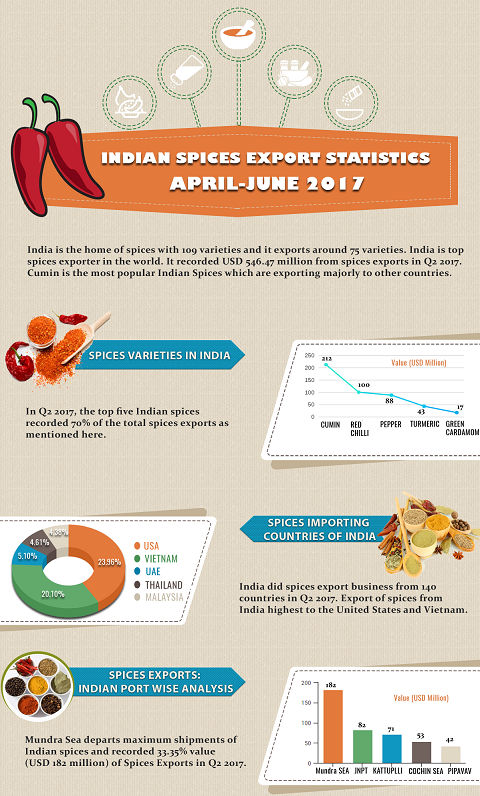Spice grinding is an ancient industry like cereal milling industry. In normal / ambient grinding process, heat is generated when energy is used to fracture a particle into a smaller size due to high fat content in spices. This generated heat causes temperature rise in the grinder up to 95° C and resulted in loss of volatile oil in the tune of about 30% and produces dark colour powder. Generally, a continuous operation of grinder is not possible in normal grinding process due to melting of fat and sticking of powder on the grinding surfaces (Singh and Barnwal, 2012). Thus, normal / ambient grinding of spices produce inferior product with many operational problems. Also, the spice powder produced by normal /ambient grinding does not conform to the international quality. The temperature rise of the product can be minimized to some extent by water cooling arrangement e.g. circulating cold air or cold water / chilled water around the grinder. But, this technique is not sufficient enough to significantly reduce temperature rise of the product. The use of cryogenic technology for spice grinding is scientifically proven technique with less loss of volatile content and improved colour and grinding operation. In cryogenic grinding, liquid nitrogen or liquid carbon dioxide is employed to provide the refrigeration needed to pre-cool the spices and maintain the desired low temperature by absorbing the heat generated during the grinding operation. Advantages of cryogenic grinding of spices are: less loss of volatile content, improved flavour, reduced heat generation, improved colour, improved size reduction, fine powder, improved grinding operation, improved particle size distribution and increased production rate etc.
